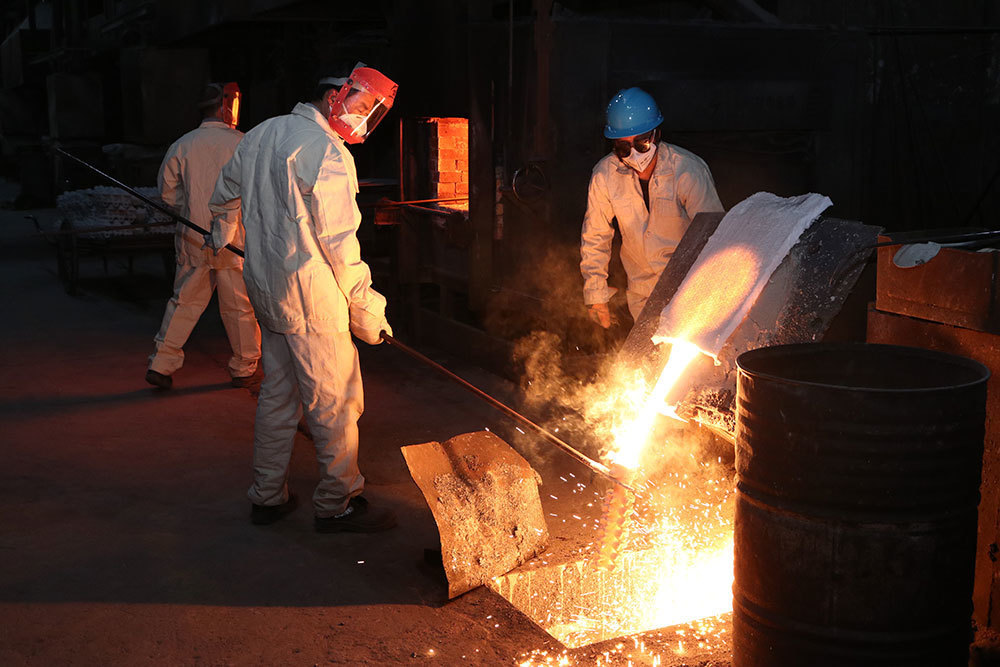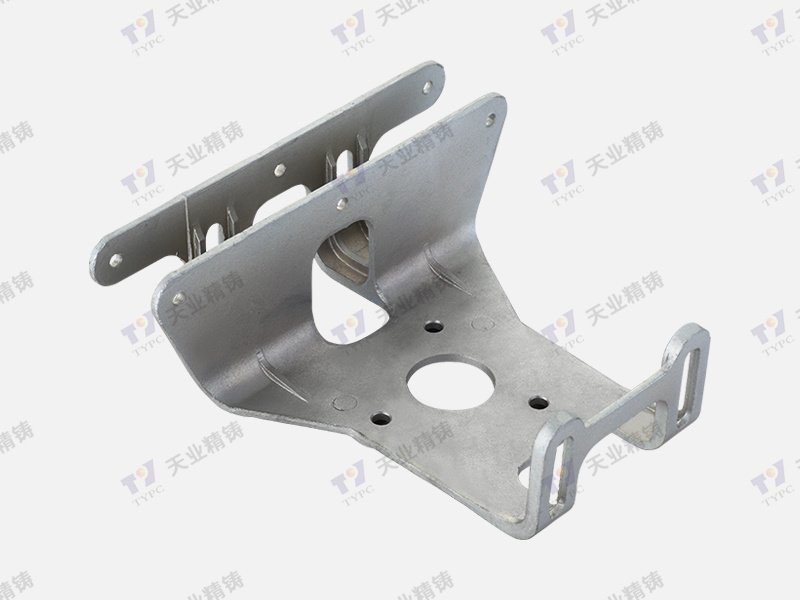2025-04-21
Craftsmanship Perfected: The Art of Selecting the Best Power Tool Parts
Craftsmanship Perfected: The Art of Selecting the Best Power Tool Parts
Table of Contents
- Introduction to Power Tool Parts
- Understanding Power Tools: A Brief Overview
- The Importance of Quality Power Tool Parts
- Key Factors in Selecting Power Tool Parts
- Types of Power Tool Parts: A Detailed Examination
- Where to Find Quality Power Tool Parts
- Maintenance and Care for Power Tool Parts
- Frequently Asked Questions
- Conclusion
Introduction to Power Tool Parts
Selecting the right power tool parts is an essential skill for both amateur DIY enthusiasts and seasoned professionals. The performance, efficiency, and safety of power tools hinge on the quality and compatibility of their components. In an era where innovation drives the manufacturing of tools, understanding how to choose the best parts can significantly enhance your craftsmanship.
Understanding Power Tools: A Brief Overview
Power tools are mechanical devices powered by electricity, batteries, or compressed air, designed to perform a range of tasks with precision and efficiency. From drilling to cutting, these tools are integral to construction, woodworking, metalworking, and various other industries.
Investing in high-quality power tools is just as important as choosing the right parts. A well-made tool can work wonders, but subpar components can lead to frustrating experiences, decreased performance, and potential hazards.
The Importance of Quality Power Tool Parts
Quality power tool parts are crucial for several reasons:
1. Enhanced Performance
High-quality parts often come with better engineering and manufacturing processes, ensuring that they fit seamlessly with your tools. This compatibility translates to optimal performance, allowing you to complete tasks efficiently and effectively.
2. Longevity
Investing in durable parts means they will last longer, reducing the frequency of replacements. This not only saves money but also ensures minimal downtime in your projects.
3. Safety
Using inferior or incompatible parts can pose safety risks. High-quality components are designed to meet safety standards, reducing the chances of accidents or tool malfunctions.
4. Cost-effectiveness
While quality parts may have a higher initial cost, they can save you money in the long run by reducing repairs, replacements, and potential injuries.
Key Factors in Selecting Power Tool Parts
When selecting power tool parts, several factors should influence your decision-making process:
1. Compatibility
Ensure that the part you choose is compatible with your specific power tool model. Check the manufacturer’s guidelines and specifications.
2. Material Quality
Evaluate the materials used in the parts. High-quality materials such as hardened steel, aluminum, or reinforced plastics often provide better durability and performance.
3. Brand Reputation
Opt for reputable brands known for their quality and reliability. Research customer reviews and industry feedback to gauge the brand's standing.
4. Price vs. Value
Consider the overall value rather than just the price. Sometimes, spending a little more upfront can lead to significant savings over time due to longevity and performance.
5. Availability of Support
Choose parts from suppliers that offer good customer support and warranties. This can be invaluable if you encounter issues or need assistance.
Types of Power Tool Parts: A Detailed Examination
Understanding the various types of power tool parts can help you make informed choices.
1. Blades and Bits
Blades and bits are critical components that vary depending on the type of tool and the task at hand. For example, circular saw blades, drill bits, and jigsaw blades come in different sizes and materials, each designed for specific applications.
2. Batteries
For cordless power tools, batteries are essential. Li-ion batteries offer longer life and quicker charging times, making them a popular choice. Always check the voltage and compatibility with your tools.
3. Motors
The motor is the heart of any power tool. Choosing a motor with the right power output for your tasks is crucial for efficiency. Consider factors like RPM (revolutions per minute) and torque.
4. Handles and Grips
Comfort is essential when using power tools. Ergonomically designed handles and grips allow for better control and reduce fatigue during prolonged use.
5. Housing and Casings
The outer casing protects internal components from damage. High-quality casings are often made from durable materials that can withstand heavy use and harsh conditions.
Where to Find Quality Power Tool Parts
Knowing where to source quality power tool parts is vital for ensuring your projects run smoothly.
1. Authorized Dealers
Purchasing from authorized dealers guarantees that you are getting genuine parts that meet manufacturer specifications.
2. Online Retailers
Reputable online platforms offer a wide range of power tool parts. Look for those that provide detailed descriptions, customer reviews, and return policies.
3. Local Hardware Stores
Local hardware stores often carry a selection of parts. Engaging with staff can also provide insights and recommendations based on your specific needs.
4. Manufacturer Websites
Purchasing directly from manufacturer websites ensures you receive parts that are guaranteed to be compatible with your tools.
Maintenance and Care for Power Tool Parts
Proper maintenance extends the life of your power tool parts and ensures optimal performance.
1. Regular Cleaning
After each use, clean your tools and parts to remove dust, debris, and residues. This simple step can prevent buildup that leads to malfunctions.
2. Inspection
Regularly inspect parts for any signs of wear or damage. Early detection can prevent further complications.
3. Lubrication
Some parts, like motors and gears, require lubrication to function correctly. Follow manufacturer guidelines for the best maintenance practices.
4. Storage
Store tools and parts in a dry, cool place to avoid damage from moisture or extreme temperatures.
Frequently Asked Questions
1. How do I know which parts are compatible with my power tool?
Check the manufacturer’s guidelines or user manual, which often list compatible parts and accessories.
2. Are aftermarket parts reliable?
While some aftermarket parts can be reliable, it's essential to research the manufacturer and read reviews to ensure quality.
3. What are the signs that I need to replace power tool parts?
Common signs include decreased performance, unusual noises, overheating, or visible wear and tear.
4. Can I upgrade parts for better performance?
Yes, upgrading certain parts, like batteries or blades, can enhance the overall efficiency and capability of your power tools.
5. How often should I perform maintenance on my power tools?
Regular maintenance should be conducted after each use, with in-depth inspections performed every few months or based on usage frequency.
Conclusion
Selecting the best power tool parts is a crucial aspect of achieving exceptional craftsmanship. By understanding the importance of quality components, considering key factors in selection, and maintaining your tools diligently, you can elevate your projects to new heights. Whether you're a weekend DIY warrior or a professional craftsman, the right parts ensure that your power tools work efficiently and safely, helping you create with confidence. Prioritizing quality and compatibility will lead to enhanced performance and lasting results, making every project a true testament to your skills and dedication.









